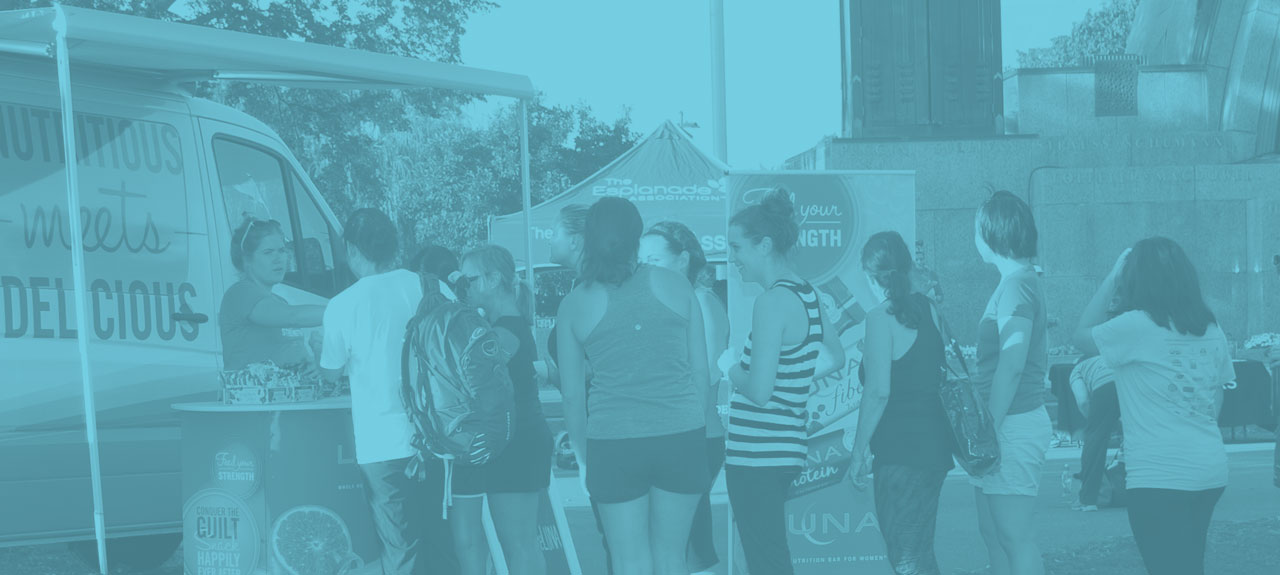Sampling – More Than a Taste Test
People love samples. Whether it’s a meatball at Costco or an energy drink at an outdoor concert, a free try or taste is a beautiful thing.
From brand to brand, sampling varies in how success is defined and measured. For some, it’s a numbers game. For others, it’s free interaction. Not every sampling program is backed with a strategic agenda, but they do have one common goal: win over new fans and increase sales.
Yes, numbers never lie. But when you couple sampling at scale with personal interaction, connection and insight, it typically captures a clearer picture of the sampling program’s ROI.
Installing performance indicators and tactics to capture information and gather insights about the market is extremely valuable to brands. It can help determine whether expansion into additional markets is viable or what about the product is turning people on to it or off.
So, is there a right way to activate sampling programs? Unfortunately, there isn’t a sampling guide to the galaxy. But there are certainly guidelines to follow to ensure your sampling program is as effective as it can be.
Brand Ambassadors Don’t Bite: They Incite
“Hi, there, can I introduce to you this new product? Here’s why I think you’ll like it…” Sampling is principally a personal exchange of conversation and information between a brand ambassador and a potential customer. If a consumer doesn’t like the product, it’s a platform to engage them deeper. He or she can provide valuable feedback regarding why, and the ambassador has a chance to then guide the conversation based on gained insight. When people connect and create an experience around the product, that interaction can garner an immediate sales bump in that area.
Let’s explore a few of the processes that must be in place to determine how it will be executed and measured.
1. Identify the budget
Most clients come to us with the “big picture” in mind. They know which markets they want to reach and what outcomes they want to see. Emerging brands or brands simply new to sampling find it challenging to capture an audience among more recognizable labels like Red Bull or Kraft. So the budget will need to account for the challenges of getting product in the hands of the right people. The inner workings of a program will be refined to accommodate a specific brand’s needs, but scaling your activation can only begin when there is a concrete budget.
2. Know the targeted demographic
When it comes to sampling, especially for emerging brands that aim to engage with consumers, the ambassadors must understand the needs of the key target. For example, when we were sampling a beverage whose formula was specifically modified for bodies of the 65+ population, it made the most sense for us to reach out to ambassadors who fit the brand demographics. Understanding the consumers’ unique needs and interests will enable brand ambassadors to make an authentic connection with consumers (which leads to brand trust which leads to purchase).

3. Incorporate smart, sufficient staff and management
How should a brand round up a crew of field workers from a thousand miles away? The most convenient solution is to call a staffing agency – but without a direct tie to the client, who will be managing the staff? (Really managing, not just logging when the staff arrives and clocks out?) If a brand wants to see real results from the program, ambassadors’ performance will have to be measured by whether they are properly trained to craft a dialogue with consumers and whether they’re actually doing it.
Most often as we go in to market with our clients, we employ a fixed staff that works on a daily, weekly or monthly basis. Is it the cheapest route? No – but in the long term, it pays off to have a portfolio of highly trained, capable staff members who feel ownership and loyalty to the brands for which they work.
To Succeed, Be Flexible
Sampling is a dynamic operation with demand for both client and agency involvement. It’s a partnership. Clients’ regional sales teams influence the cities and events that are incorporated into the program. And they also lean on Switch to direct Brand Ambassador training and performance monitoring, HR function management, inventory tracking, vehicle securing, etc.
The end program is not always what the client initially had in mind, but research-based alterations can lead to a sampling plan that is better customized to the unique challenges and opportunities for a brand.
To further discuss sampling with Terry, send a note to TerryH@theswitch.us.















